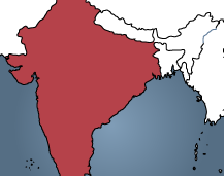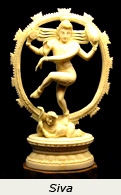Bhakti poets—who were in some cases lower-caste Hindu women—and their audiences drew emotional sustenance from these verses, which expressed a pure devotion to Hindu deities. Their poetry, written in local languages beginning in the 6th century in South India and the 12th century in North India, attracted large audiences among the marginalized in Hindu society, such as women and “untouchables.”
The 12th century poet Akka, perhaps more than any other female-saint, utilizes carnal expressions to convey her love for her Lord. But it is not to portray her femaleness that she wanders naked through the streets; instead, her nakedness is a symbol of her having forsaken all in search of her divine love, Chennamallikarjuna (Siva), the Lord White as Jasmine.
Source: “Brother, you’ve come.” In Women Writing in India, 600 B.C. to the Present. Vol. 1. Edited by Susie Tharu and K. Lalita. New York: The Feminist Press at The City University of New York, 1991.
“Brother, you’ve come
drawn by the beauty
of these billowing breasts,
this brimming youth.
I’m no woman, brother, no whore.
Every time you’ve looked at me,
Who have you taken me for?
All men other than Chennamallikarjuna
Are faces to be shunned, see brother.”



